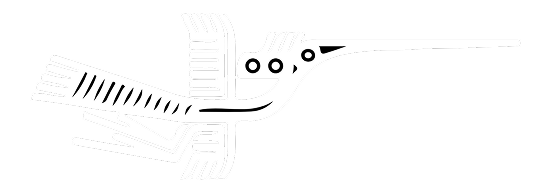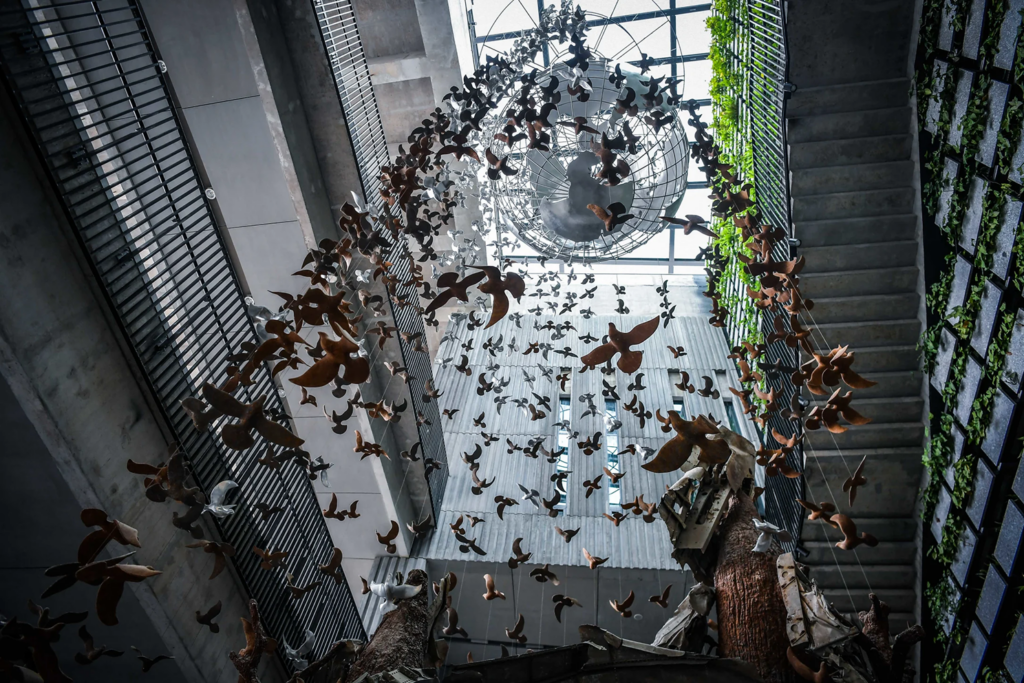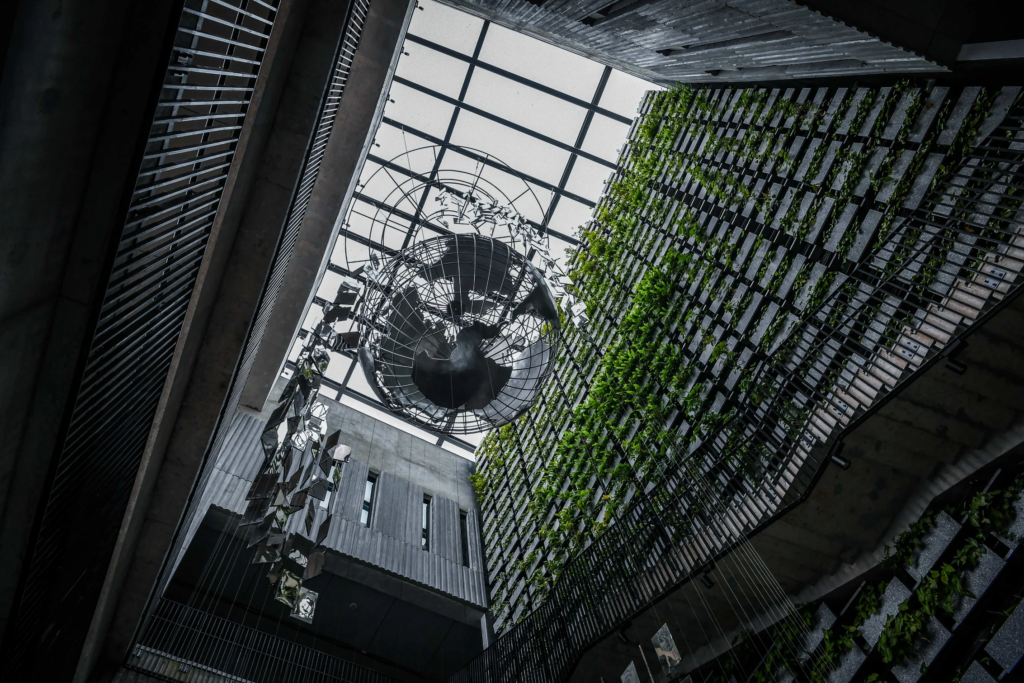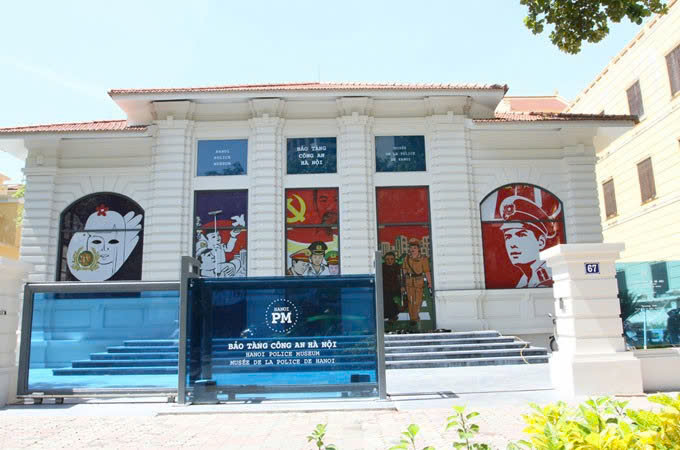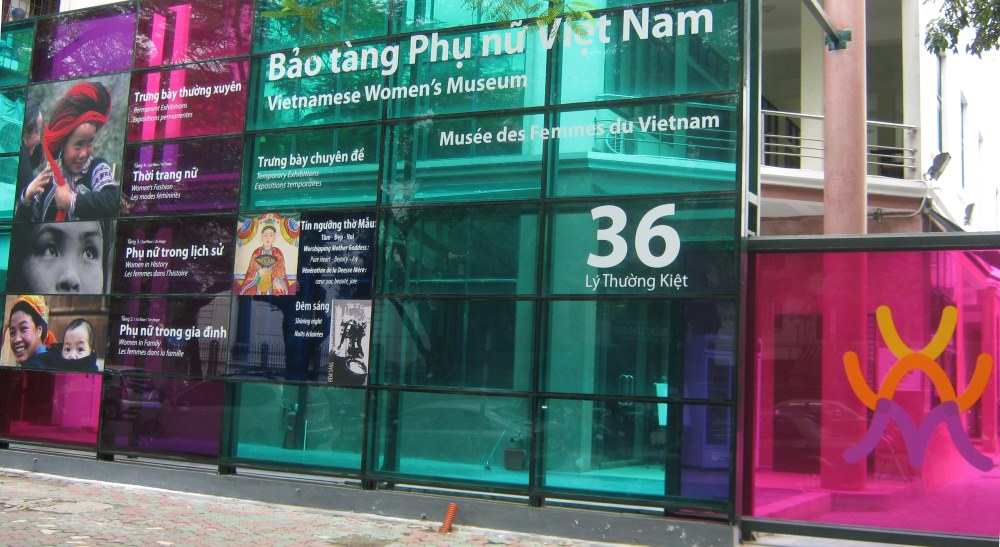Location: Km6+500 Thang Long Boulevard, Tay Mo Ward, Nam Tu Liem District, Hanoi
Opening hours:
8:00am – 11:30am
12:00pm – 16:30pm
Close on Monday and Friday
Ticket price:
For Vietnamese citizens: 10,000-20,000 VND/trip
For foreign visitors: 40,000 VND/trip
Contact: + 84-24-6253-1367
Vietnamese Military Museum
Year
From 1958
Location
Hanoi
Vietnam is an ethnically diverse country with 54 ethnic groups. Therefore, our country’s culture and traditions are also extremely diverse. Therefore, the task of preserving, inheriting and developing national culture is also a very difficult problem that needs attention. In particular, the Vietnam Museum of Ethnology is the leading museum in disseminating Vietnamese culture. Not only stopping at storing, preserving and displaying related artifacts, the museum also regularly organizes experiential and educational activities for all ages.

HISTORY
The Vietnam Military History Museum is one of the most important military museums in Vietnam, preserving and displaying artifacts and historical documents about the struggle to protect the Fatherland.
The Vietnam Military History Museum is the flagship museum of the Army museum system, established on July 17, 1956, located at 28A Dien Bien Phu Street, Ba Dinh District, Hanoi City. On December 21, 1959, on the occasion of the 15th anniversary of the founding of the Vietnam People’s Army (December 22, 1944 – December 22, 1959), the Museum officially opened to visitors. When reviewing the museum’s display before opening to visitors, President Ho Chi Minh said: “The Military Museum is a living history book that has a great impact on educating the Vietnamese people, especially the young generation, about the fine traditions of our nation. The Military Museum also helps foreign visitors understand more about Vietnam and the just struggle of our people. Therefore, the Museum must create the best conditions for visitors to visit.” Following Uncle Ho’s instructions, the Museum’s officers and soldiers always strive to complete their political and professional tasks so that the museum becomes an attractive destination in the capital Hanoi.
In July 1994, the Ministry of Culture and Information (now the Ministry of Culture, Sports and Tourism) recognized the Vietnam Military History Museum as a National Museum. This is the recognition of the Party, State and Army for many generations of cadres and employees of the Museum, with their passion for their profession, respect for history, not sparing sweat, effort and even blood, working and studying at the same time, step by step building the first bricks for the tradition of solidarity, initiative, perseverance and creativity of the Vietnam Military History Museum.

The former Vietnam Military History Museum, photo taken on August 13, 1999.
In 2020, the investment project to build the Vietnam Military History Museum (New) was started and built in Nam Tu Liem District (Hanoi), located next to Thang Long Avenue. This is a special project, invested by the General Department of Politics of the Vietnam People’s Army, and is being built on a land area of over 74 hectares. The new museum opened for visitors in 2024.
SPACE
The new museum is built on an area of 386,600m2, with a scale of 4 floors above ground, 1 basement, modern design and diverse functions. The highlight of the project is the Victory Tower, 45 meters high, shaped like 5-pointed stars stacked on top of each other with the meaning of Vietnam gaining independence in 1945. The museum currently preserves more than 150,000 artifacts, including 4 national treasures and many valuable artifacts.
In the display components, the museum applies many modern methods so that visitors can interact and understand more about the struggle for national independence such as: 3D mapping sand table technology, information lookup screen, media documents, automatic explanations, QR codes to look up information about artifacts and images. More than 60 video clips introducing campaigns, battles and historical figures are also integrated here.
The architecture of the museum building is inspired by the concept of “Sky, Earth and Ocean”, which are the three natural elements that form the country and also represent the three main forces of our country’s army.
The outdoor exhibition space of phase 1 of the Museum includes large weapon display spaces and some art spaces, children’s play areas. All exhibition layouts are linked to the main structure along the extension of the building shape spreading out to the landscape area. The randomly connected, zigzag paths create an attractive tour cycle.

The layout of the artifacts is low in size in the central area and gradually larger later, creating a panoramic view for the viewer. The highlight artifacts are arranged alternately, creating a visual impression and becoming the focal point for these areas.
The Museum’s indoor permanent exhibition area includes 4 themes: 1. Historical progress, 2. Military specialties, 3. Thematic exhibition, 4. Collection exhibition. The areas are arranged around the “Symbolic exhibition” axes, helping visitors have a clear orientation about the space and freely move to the exhibition area they want to see.
The 3rd floor honors the heroic women of Vietnam, especially the heroic Vietnamese mothers. Here, visitors can watch documentaries, videos, as well as propaganda posters about the role of women in the nation’s resistance wars.
The 4th floor is a space dedicated to the theme of women’s fashion, where traditional costumes of 54 ethnic groups are displayed, along with techniques of makeup, weaving, silver jewelry making and teeth. In particular, the exhibition “Ao Dai through the ages” helps visitors better understand the development of the Vietnamese ao dai. In addition, this floor also introduces traditional customs such as wrapping scarves or blackening teeth. In addition to the exhibition areas, the museum also has many amenities such as a cafe, free wifi, lockers and toilets for the disabled, creating the most convenient conditions for visitors when visiting.
THE ARTIFACTS
Currently in the National Military History Museum, there are 4 artifacts recognized as National Treasures. Among them are the MiG-21 fighter jets with serial numbers 4324 and 5121, the T-54B tank with serial number 845 and the Map of Ho Chi Minh Campaign Determination.
On the map is the words “Ho Chi Minh Campaign Determination”, in the lower right corner is the handwritten text Made at the Command Headquarters, April 22, 1975, below is the signature of the Campaign Commander, General Van Tien Dung and Political Commissar Pham Hung. This is the only map of determination signed by the Commander and Political Commissar of the campaign.

The map was very precious to the late General Van Tien Dung, who always carried it in his briefcase. In 1990, the general gave the museum 21 artifacts, including many memorabilia associated with his life of fighting, such as binoculars, map pointers, telegrams and even the Ho Chi Minh campaign determination map.

Recalling the time when he worked at the headquarters of D67, Area A, Ministry of National Defense, Colonel Tran Duc Bau, former secretary of General Van Tien Dung, said: “The general always told me to keep it carefully because this is a map with his signature and Mr. Bay (alias of Mr. Pham Hung) and the campaign command. It has important historical significance and needs to be preserved for a long time”.

